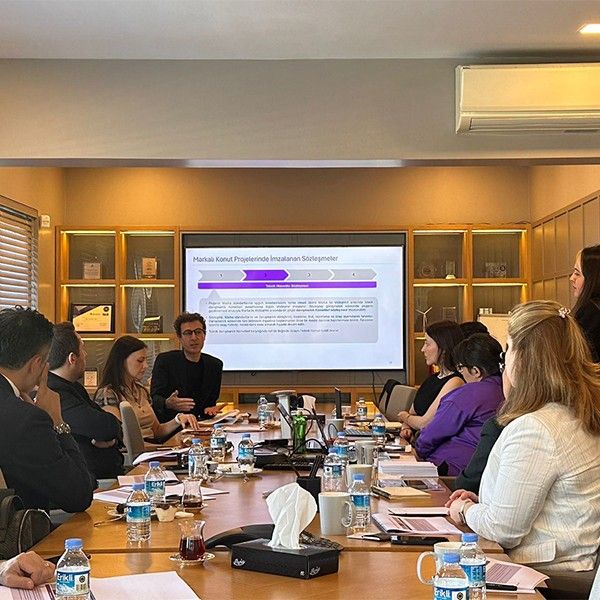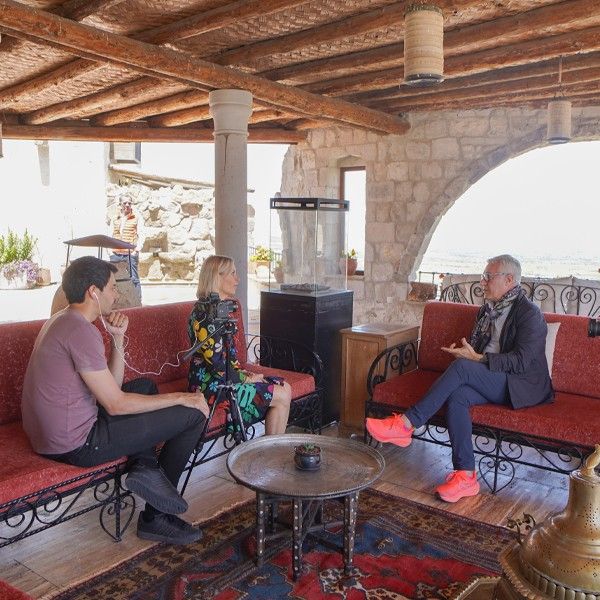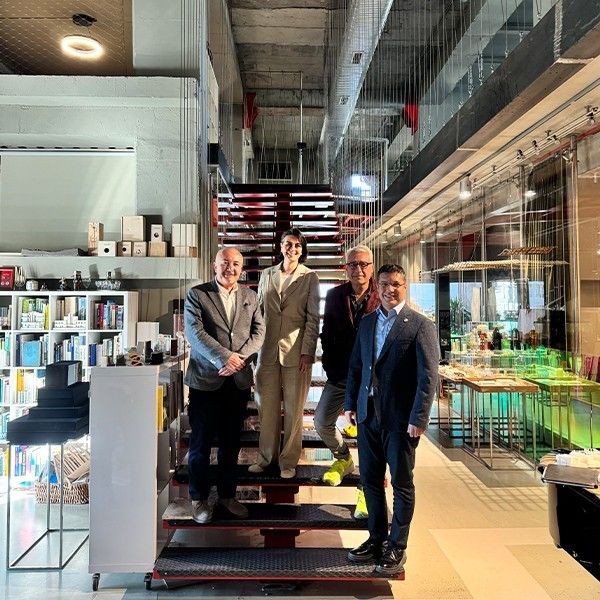GADarchitecture’s Competition Entry for the TIRANA Municipality Building
Architecture for municipal buildings, city halls and local government administration has been a typology characterized by a fixed severe stance as an extension of the dictate of governmental authority. This architecture resulted in monumental, austere buildings with a heavy appearance and an overall lack of flexibility despite their primary function as a center for public service. For the design of this concept for a municipal building for Tirana the design team moved away from the accepted typology focusing instead on the geometries afforded to us by the site on a main avenue of the capital city of Albania. We concentrated on generating a dynamic, lithe configuration that not only took into account the interior spaces but the exterior and site perimeter to create a sustainable, zero carbon ecologically sensitive design. The structures generated by our design furthermore expanded usage of the building throughout the day in a 24-hour cycle as a harbinger for future modalities and generational aspiration for public space, nature and outdoor activity. Our design called for an architecture that serves as an administrative center for government but importantly serves the public with multiple outdoor and indoor functions. We conceived a constellation of functions above and below ground. Including the functions in the basement levels there is a procession of interconnected volumes comprising four distant above ground buildings inclusive of the distinct tower. The lower basement floors are given to social spaces with a separate entrance for the main council meeting space that also includes a multipurpose room and cafeteria with a separate exterior entrance. There is a rich spatial and geometric arrangement that provides a variety of interactions with the local government’s activities but also generates intriguing experiences apart from governmental functions as a space for public gathering.

For example the design of the main service building comprising of two interconnected volumes that also connects either side of the site through a hybrid exterior transverse road located at its center serves as an interface between the main avenue and interior street fabric augmenting the urban character of the area. Within this rich urban environment the architecture acts a counter proposition to the existing closed typology. Instead of a closed removed space the primary city government-meeting hall is in fact open to the exterior and sunlight allowing visual access to these legislative meetings from the public circulation areas and zones of natural landscaping.The main building consisting of two “humps” protruding above grade, one of three interior levels and the other of two are connected via internal bridges. These humps visible as protrusions of the exterior facade canopy are held up by a structure of deftly organized prefabricated elements that allows this surface to hang in space. This roof cum facade is a transparent surface allowing for light to enter throughout the main interior volume including natural air circulation and cooling reducing energy needs. Airflow channels between floors and the triangulated pattern of roof canopy include openings in the facade allowing air to flow up and out of the building. A series of interior bridges and elevators provide both horizontal and vertical circulation for the public and civil servants working in the offices. The shape of these buildings allowing for outdoor public gatherings in the exterior terraces especially in the temperate months of the Mediterranean climate of Albania reflects the ancient historical urban patterns of the local geography as contemporary amphitheaters. The public can see the exterior surfaces in this way as a park fully accessible but also as theaters and agoras that was a part of the rich civic traditions of this geography dating to Ancient Roman times. These terraces reach down to the basement floors unifying with the pool found there. Even if there are no public events these terraces create a topography from which the surrounding urban areas can be viewed allowing for services to be created from the architecture.


